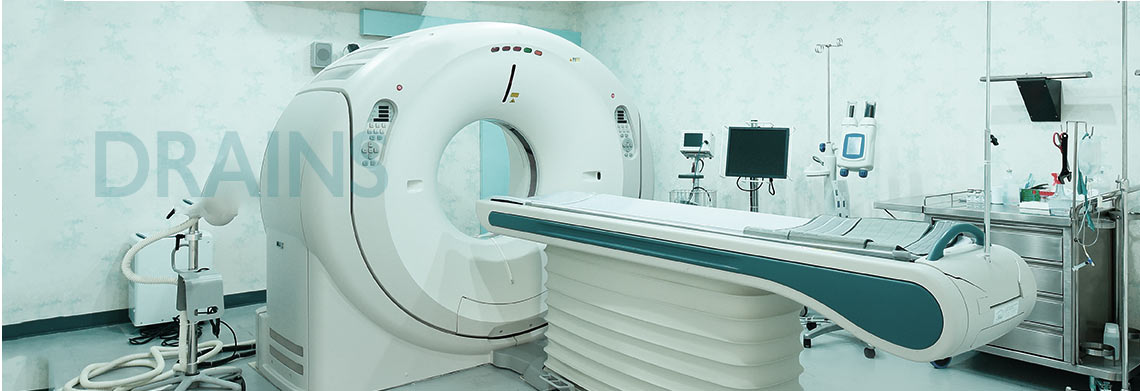Schedule your same-day X-ray now!
SMIL utilizes email and text notifications for scheduling, reminders, results, and feedback. We will never sell or share your information.

Need assistance? Our clinical support staff will
answer your questions. Call us now!
What is a Fluid Collection and Drain?
Your healthcare provider has requested that you undergo the placement of a drain. Your symptoms or findings indicate that there is a fluid collection in your body that likely will not resolve on its own.. This fluid may be infected (abscess) or sterile. A small tube (catheter) will be placed into the fluid collection allowing it to drain into a small drainage bag. Treatment for infected fluid usually also includes antibiotics prescribed by your doctor.
How Should I Prepare?
You should not eat or drink anything for six hours prior to your procedure. You may take your medications as directed. Speak to your doctor if you need to adjust your insulin dosing. Prior to your procedure, you should make sure all medications and allergies are updated. If you are on a blood thinner you may be requested to stop that medication for a period of time.
How is the Procedure Performed?
The procedure will be performed by a qualified healthcare professional with specific training in Interventional Radiology. The procedure may be performed under CT- or ultrasound-guidance. Intravenous medications may be given to make you more comfortable and relaxed. This is called conscious sedation.
After the target area has been identified, your skin will be cleaned with a sterilizing solution and numbing medication injected. The procedure involves placing a small tube through the skin into the fluid collection to allow for drainage. The tube is then attached to a drainage bag outside of your body.
What should I expect after the procedure?
Following the procedure, you will be monitored for a period of time for any complications. The drain will stay in place until the fluid has stopped draining and the fluid collection has resolved. It may take several days for this to occur. To assess whether the fluid is gone, you may be asked to return to have x-ray dye injected into the drain while pictures are taken (abscessogram). If the fluid is gone, then the drain may be removed. These tubes occasionally become clogged and may need to be exchanged one or more times before the fluid collection has completely resolved.
Who interprets the results?
The interventional Radiologist can advise you on whether the procedure was a technical success upon completion. Often times, the fluid is sent to the lab for further evaluation and the physician who ordered the procedure will relay those results to you.